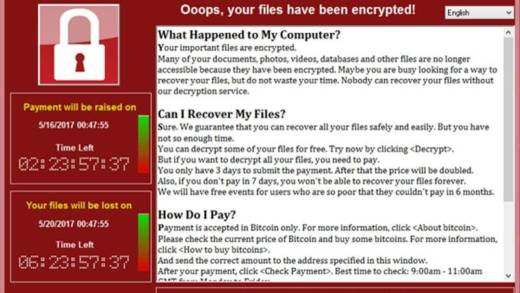A screenshot of a virus-infected computer has been floating around the internet in stories about the recent worldwide ransomware attack that spread across more than 150 countries and affected hundreds of thousands of computers.
“To date, I have yet to see what that email looked like that was the initial entry point where people got infected,” said Alex Garcia-Tobar, CEO and co-founder of the cybersecurity firm ValiMail.
A phishing email is what triggered the recent ransomware attacks. About 91 percent of all cyberattacks are the result of phishing, in which scammers send emails pretending to be someone you know to gain access to your device and to your life.
“The reason email is so effective is because for the most part, people have not done what’s called email authentication, which stops people pretending to be somebody else that you trust,” Garcia-Tobar said.
Email authentication is an obscure security strategy that protects email domains. If an email domain is authenticated, scammers can’t hack into it and make fake email addresses to scam people.
